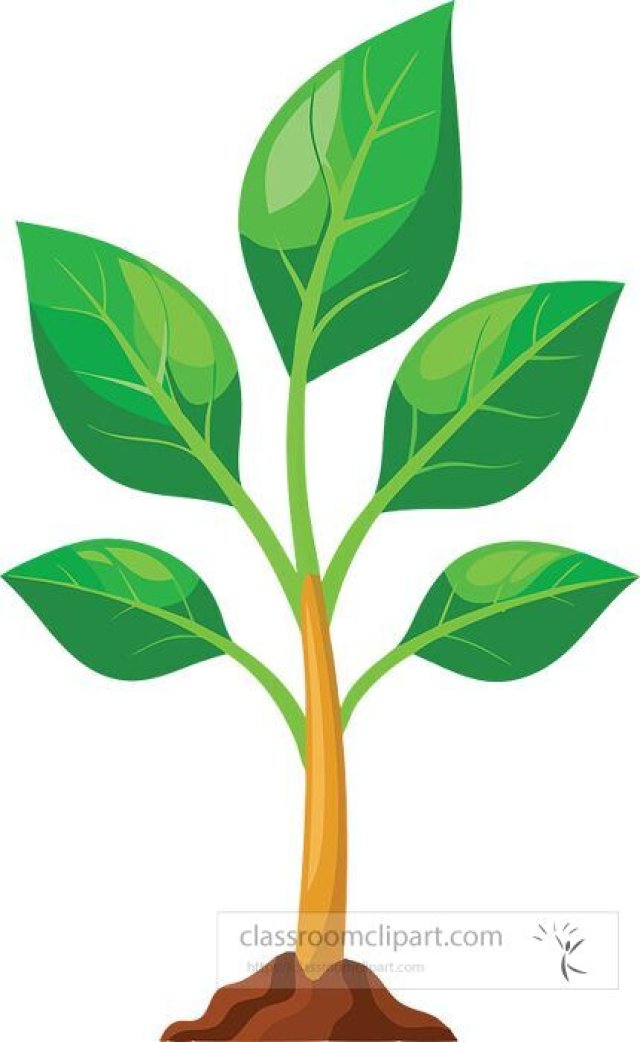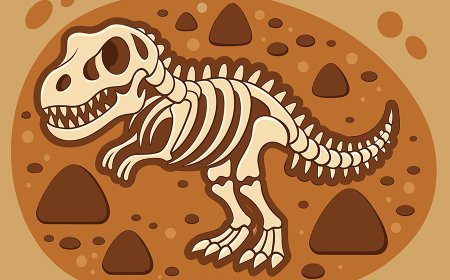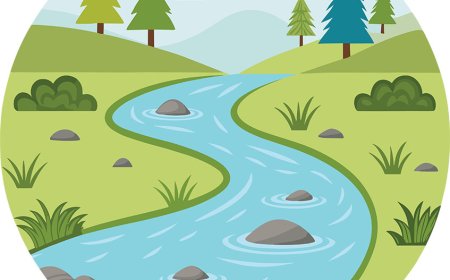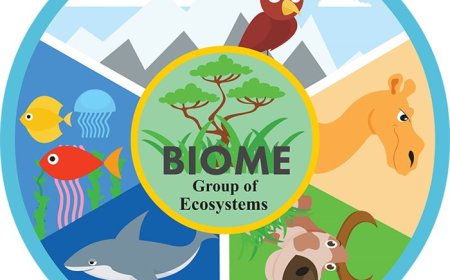Vascular Plants for Kids – Types, Functions, and Fun Facts
Learn all about vascular plants in this kid-friendly guide! Discover what makes them unique, how they grow, and why they’re important. Includes vocabulary words, a fun quiz, and colorful examples.

Vascular Plants: The Highways of the Plant Kingdom
Vascular plants are some of the most common and recognizable plants on Earth. They include everything from towering trees like redwoods to colorful flowers like roses. What sets vascular plants apart is their advanced internal system for transporting water, nutrients, and food—just like how highways move people and goods between cities. This transport system allows vascular plants to grow taller, live longer, and thrive in many different environments.
In this article, we'll explore what makes vascular plants unique, how their internal systems work, and why they are so important to life on Earth.
What Are Vascular Plants?
Vascular plants, also known as tracheophytes, are plants that have specialized tissues called xylem and phloem. These tissues form a transport system inside the plant that moves water, minerals, and food throughout its body.
Key Examples of Vascular Plants
- Ferns
- Clubmosses
- Horsetails
- Conifers (like pine trees)
- Flowering plants (like tulips and tomatoes)
Vascular plants are different from non-vascular plants such as mosses, liverworts, and algae. Non-vascular plants don’t have these transport tissues and are usually small because they rely on direct water absorption from their surroundings.
Xylem and Phloem: The Plant’s Transport Tissues
Xylem
The xylem is responsible for moving water and dissolved minerals from the roots to the leaves. This upward movement is powered by two main processes:
- Capillary action: Water rises through narrow tubes.
- Transpiration: Water evaporates from leaves, pulling more water up.
Xylem also contains tracheids, long, tube-like cells that help conduct water and give the plant support.
Phloem
The phloem carries organic nutrients, mainly sugars made in the leaves through photosynthesis, to other parts of the plant. Unlike the xylem, phloem works in multiple directions, moving food to wherever it's needed.
Alternation of Generations: A Unique Plant Life Cycle
Vascular plants have a life cycle known as alternation of generations, which includes two main stages:
- Sporophyte stage (diploid, with two sets of chromosomes): This is the dominant stage in vascular plants.
- Gametophyte stage (haploid, with one set of chromosomes): More prominent in non-vascular plants.
In vascular plants, the sporophyte is the large, familiar form (like a tree or flower), while the gametophyte is small and often hidden.
Vascular Tissues: More Than Just Transport
Besides moving fluids, vascular tissues also provide support and structure to the plant. This strength allows plants to grow taller and reach sunlight more easily.
Vascular Tissue Includes:
- Xylem: Water transport and support.
- Phloem: Food transport.
- Vascular cambium: A layer of growing cells between the xylem and phloem that helps the plant grow thicker over time (secondary growth).
Vascular Bundles and Other Plant Structures
Inside the stems of vascular plants, xylem and phloem are grouped together into structures called vascular bundles. These bundles often include another type of cell layer called the cambium, which helps the plant grow by making new xylem and phloem cells.
Other Vascular Structures
- Vascular cambium: Produces new xylem and phloem in woody plants.
- Vascular cylinder: Found in roots; the central area containing the vascular tissues.
- Vascular parenchyma: Special cells in the phloem that help with food storage and movement.
Why Are Vascular Plants Important?
Vascular plants play a huge role in the world:
- They produce most of the oxygen we breathe.
- They are the main source of food for people and animals.
- They provide building materials, medicines, and fuel.
- They help prevent erosion and keep ecosystems stable.
Because they can grow tall and live in various environments, vascular plants are found on every continent—even Antarctica!
Interesting Facts About Vascular Plants
- The tallest vascular plant is the coast redwood tree, which can grow over 370 feet tall!
- The first vascular plants appeared over 400 million years ago during the Silurian period.
- Cacti are vascular plants that store water in their thick stems to survive in deserts.
- In some ancient forests, giant clubmosses and horsetails grew as tall as trees.
- Without vascular tissues, plants like corn and sunflowers could never grow to their full height.
📝 Kid-Friendly Summary
Vascular plants are plants with special tubes inside them called xylem and phloem. These tubes move water, minerals, and food around the plant, helping it grow tall and strong. Vascular plants include trees, flowers, and ferns. Without them, we wouldn’t have most of the oxygen we breathe or many of the foods we eat. These amazing plants have been around for hundreds of millions of years!
🧠 Vocabulary Words
| Word | Definition |
|---|---|
| Vascular Plant | A plant with special tubes (xylem and phloem) for moving water and nutrients. |
| Xylem | The tubes that carry water and minerals from the roots to the rest of the plant. |
| Phloem | The tubes that carry food made in the leaves to other parts of the plant. |
| Transpiration | The process where water evaporates from the leaves, helping pull water up through the xylem. |
| Photosynthesis | The process plants use to turn sunlight into food. |
| Tracheophyte | Another name for a vascular plant. |
| Sporophyte | The life cycle stage that has two sets of chromosomes and is usually the big, visible plant. |
| Gametophyte | The smaller stage of the plant that makes eggs and sperm cells. |
| Vascular Bundle | Groups of xylem and phloem tubes inside stems and leaves. |
| Vascular Cambium | A layer of cells that helps plants grow thicker by making new xylem and phloem. |
✏️ Interactive Quiz
-
What makes a plant “vascular”?
- a) It has flowers
- b) It has special tubes to move water and food ✅
- c) It grows in water
-
What are the tubes that carry water up from the roots called?
- a) Phloem
- b) Xylem ✅
- c) Cambium
-
Which part of a vascular plant moves food made in the leaves to the rest of the plant?
- a) Xylem
- b) Phloem ✅
- c) Roots
-
What is the tall stage of a vascular plant’s life cycle called?
- a) Gametophyte
- b) Sporophyte ✅
- c) Seedling
-
Which of these is NOT a vascular plant?
- a) Moss ✅
- b) Fern
- c) Sunflower























































